Five Powerful Feedback Principles That Improve Student Learning
Elliott Seif is the author of Teaching for Lifelong Learning: How to Prepare Students for a
Read More
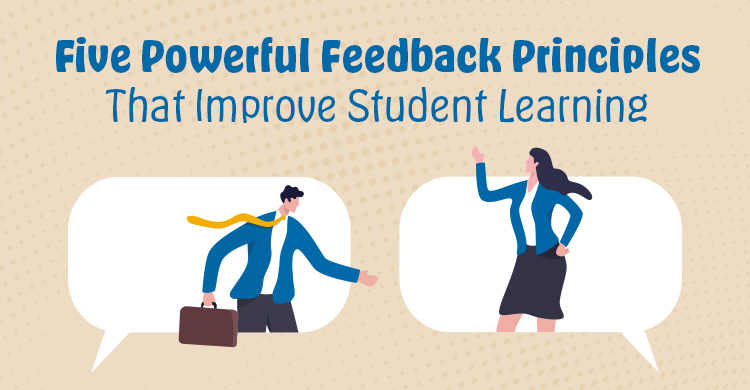
Elliott Seif is the author of Teaching for Lifelong Learning: How to Prepare Students for a
Read More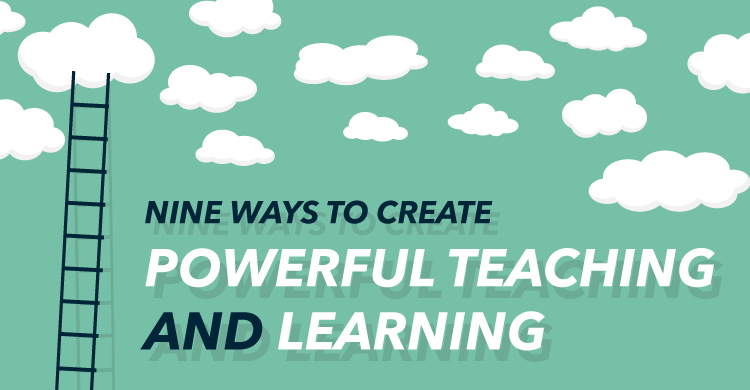
Elliott Seif is the author of Teaching for Lifelong Learning: How to Prepare Students for
Read More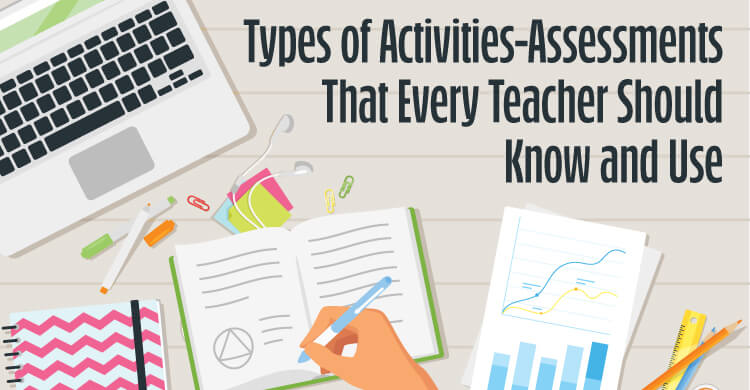
What kinds of activities best prepare students for a changing and uncertain world? I would
Read More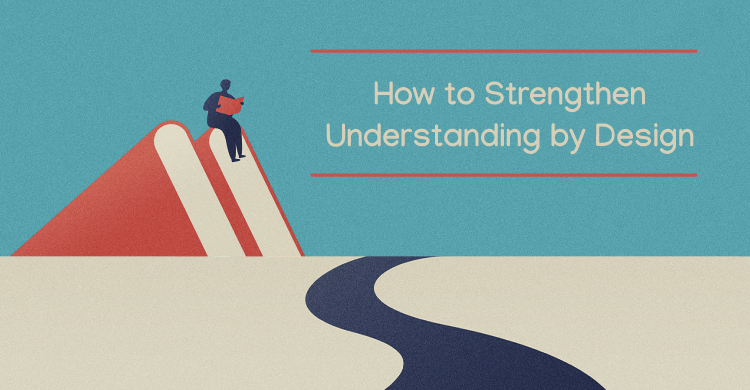
I’ve been fortunate to be part of the Understanding by Design (UbD) family for a
Read More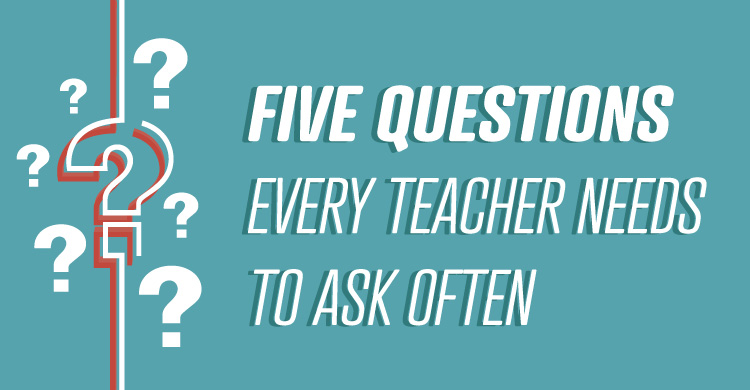
Based on Teaching for Lifelong Learning: How to Prepare Students for a Changing World. In
Read More